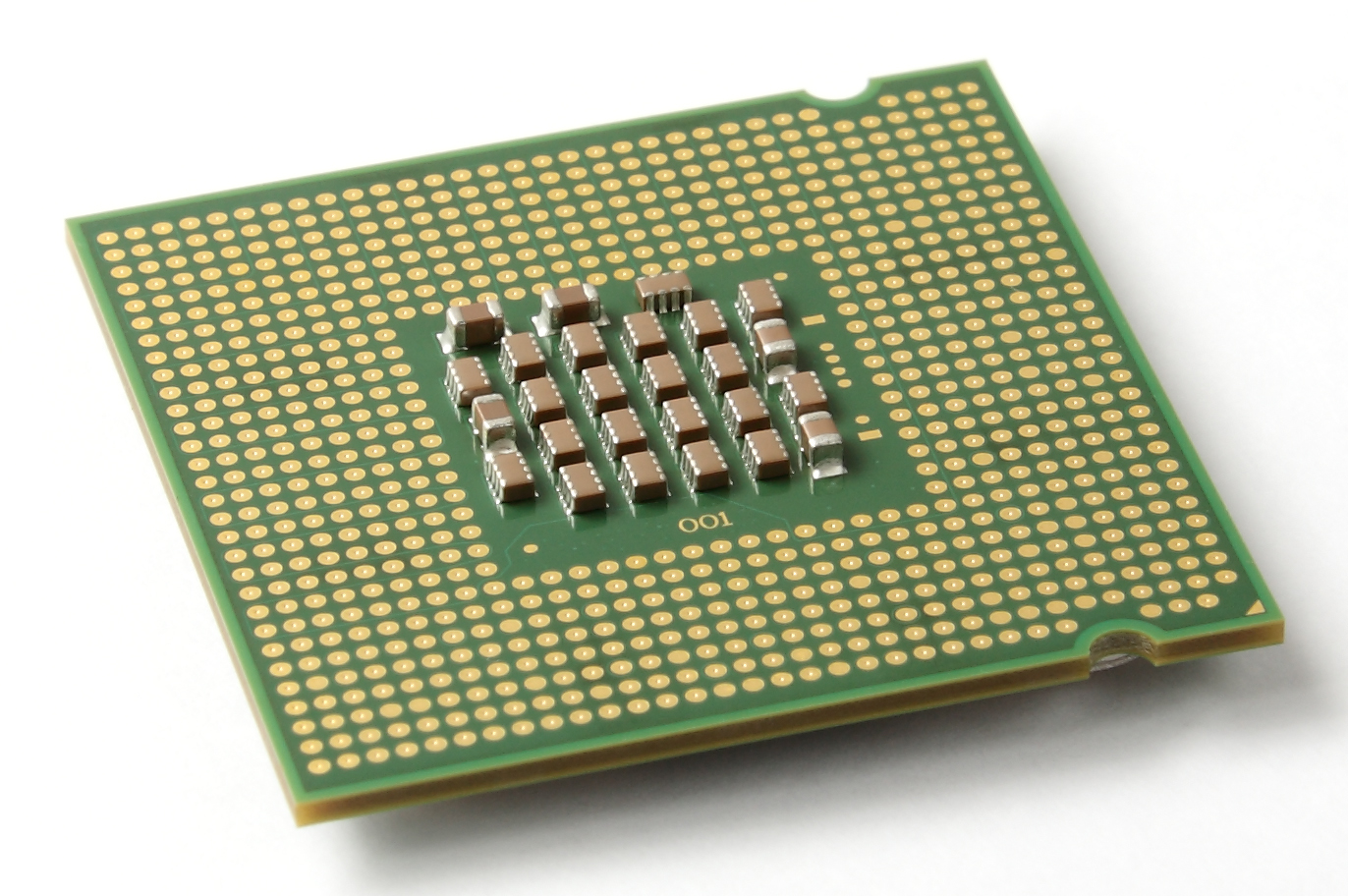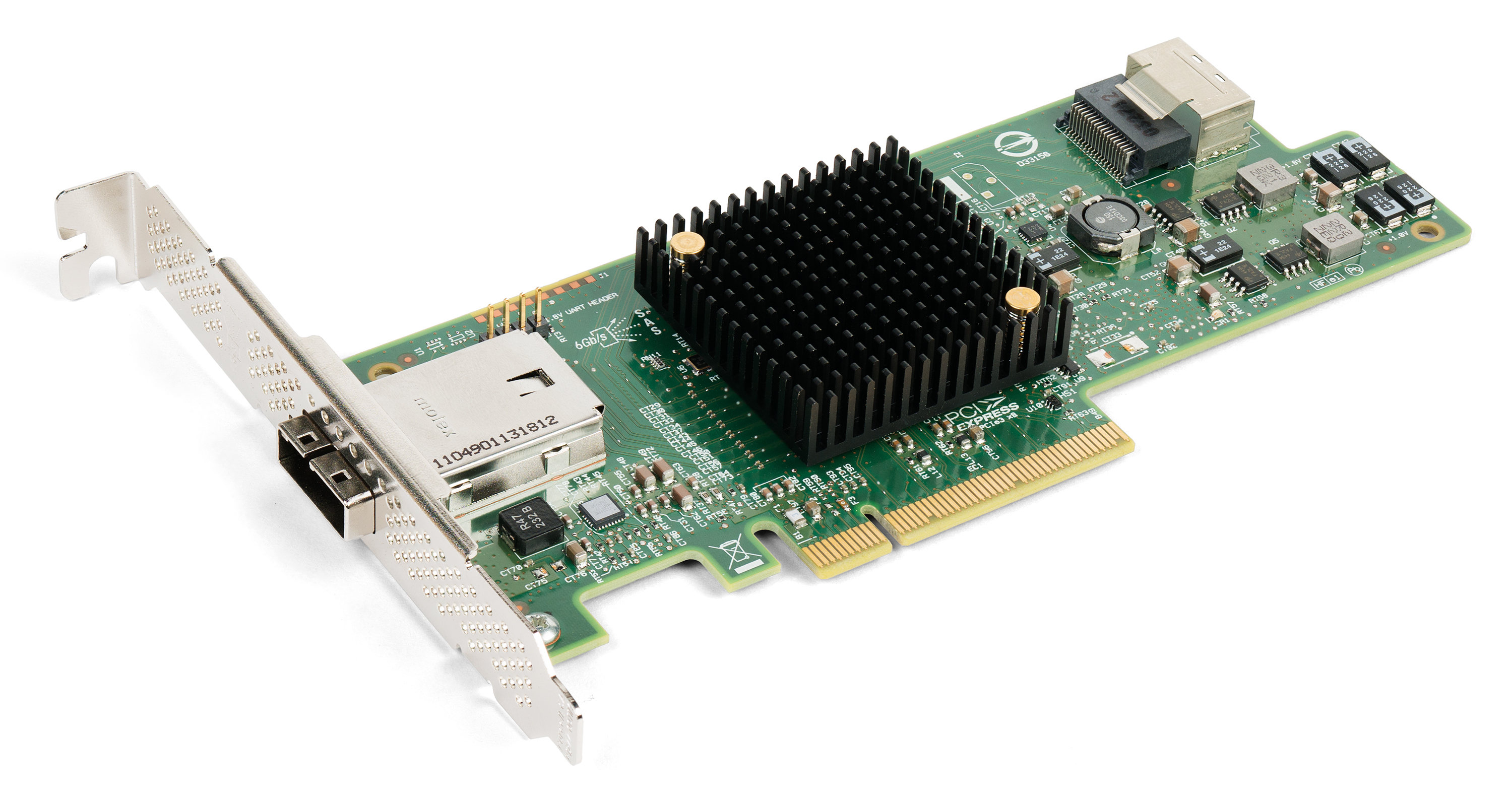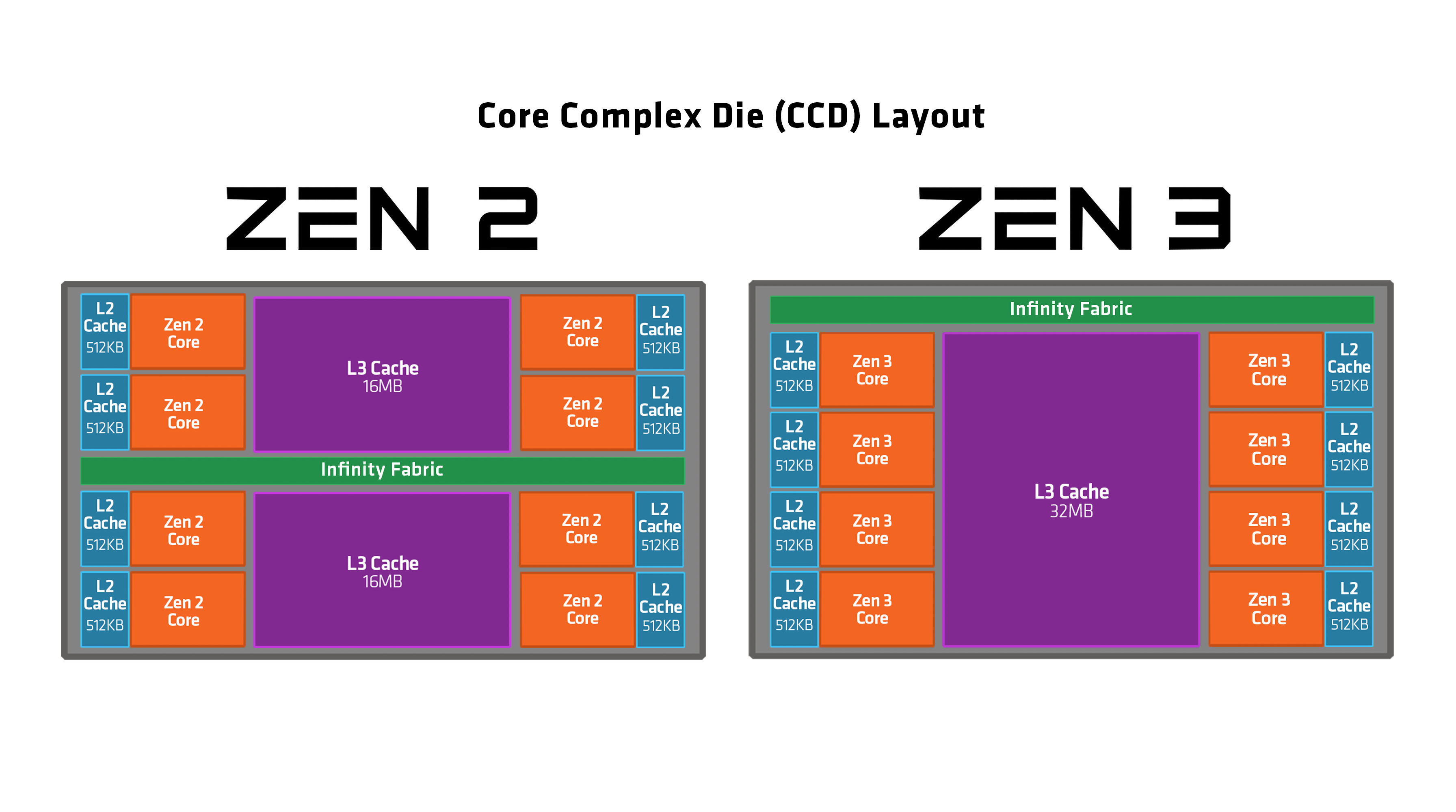|
Socket SWRX8
Socket sWRX8, also known as ''Socket SP3r4'', is a land grid array (LGA) CPU socket designed by AMD supporting its Ryzen Threadripper Pro 3000 and 5000 series workstation processors, which are based on Zen 2 and Zen 3 platforms, respectively. It was initially launched in July 2020 for OEMs only, with retail availability coming later in March 2021. Socket sWRX8 does not succeed any previous sockets; instead it sits alongside socket sTRX4 as a socket for professional workstation computers, while sTRX4 is for consumer high-end desktop (HEDT) computers. sWRX8 has support for octa-channel DDR4 memory and 128 PCIe 4.0 lanes from the CPU, whereas sTRX4 only supports quad-channel DDR4 and 64 PCIe 4.0 lanes. Furthermore, unlike sTRX4, it supports RDIMM, LRDIMM and 3DS RDIMM memory types, allowing up to 2TB of RAM to be installed (compared to the maximum of 256GB for sTRX4). It is physically identical to, but electrically incompatible with both sTRX4 and AMD's server socket SP3. While ... [...More Info...] [...Related Items...] OR: [Wikipedia] [Google] [Baidu] |
Land Grid Array
The land grid array (LGA) is a type of surface-mount packaging for integrated circuits (ICs) that is notable for having the pins on the socket (when a socket is used) — as opposed to pins on the integrated circuit, known as a '' pin grid array'' (PGA). An LGA can be electrically connected to a printed circuit board (PCB) either by the use of a socket or by soldering directly to the board. Description The ''land grid array'' is a packaging technology with a grid of contacts, 'lands', on the underside of a package. The contacts are to be connected to a grid of contacts on the PCB. Not all rows and columns of the grid need to be used. The contacts can either be connected by using an LGA socket, or by surface-mount soldering using solder paste. The grid elements found in use can be e.g. circular, triangular or other polygonal shapes and might have even different sizes. Grids might sometimes appear like honey comb patterns. Designs are often optimized for factors like contact likelin ... [...More Info...] [...Related Items...] OR: [Wikipedia] [Google] [Baidu] |
Zen 2
Zen 2 is a computer processor microarchitecture by AMD. It is the successor of AMD's Zen and Zen+ microarchitectures, and is fabricated on the 7 nm MOSFET node from TSMC. The microarchitecture powers the third generation of Ryzen processors, known as Ryzen 3000 for the mainstream desktop chips (codename "Matisse"), Ryzen 4000U/H (codename "Renoir") and Ryzen 5000U (codename "Lucienne") for mobile applications, as Threadripper 3000 for high-end desktop systems, and as Ryzen 4000G for accelerated processing units (APUs). The Ryzen 3000 series CPUs were released on 7 July 2019, while the Zen 2-based Epyc server CPUs (codename "Rome") were released on 7 August 2019. An additional chip, the Ryzen 9 3950X, was released in November 2019. At CES 2019, AMD showed a Ryzen third-generation engineering sample that contained one chiplet with eight cores and 16 threads. AMD CEO Lisa Su also said to expect more than eight cores in the final lineup. At Computex 2019, AMD revealed that the Ze ... [...More Info...] [...Related Items...] OR: [Wikipedia] [Google] [Baidu] |
Socket TR4
Socket TR4, also known as ''Socket SP3r2'', is a zero insertion force land grid array (LGA) CPU socket designed by AMD supporting its first- and second-generation Zen-based Ryzen Threadripper desktop processors, launched on August 10, 2017 for the high-end desktop and workstation platforms. It was succeeded by Socket sTRX4 for the third generation of Ryzen Threadripper processors. TR4 is AMD's second LGA socket for a consumer product after the short lived Socket 1207 FX. It is physically identical to, but electrically incompatible with both AMD's server Socket SP3, and TR4's successor, Socket sTRX4. While the SP3 server socket does not require a chipset, instead utilizing a system-on-a-chip design, TR4 and its successor HEDT sockets require a chipset to unlock the features of the CPU. For TR4, the AMD X399 chipset was released, which allows a total of 64 PCIe 3.0 lanes for quad SLI/CrossFire configurations. The socket is made by both Foxconn and Lotes. See also * ... [...More Info...] [...Related Items...] OR: [Wikipedia] [Google] [Baidu] |
Intel High Definition Audio
Intel High Definition Audio (IHDA) (also called HD Audio or development codename Azalia) is a specification for the audio sub-system of personal computers. It was released by Intel in 2004 as the successor to their AC'97 PC audio standard, but it is not backwards-compatible with it. Features The Intel High Definition Audio specification includes the following features: * Up to 15 input and 15 output streams * Up to 16 PCM audio channels per stream * Sample resolutions of 8–32 bits * Sample rates of 6–192 kHz * Support for audio codecs (e.g., ADC, DAC), modem codecs, and vendor-offered codecs * Discoverable codec architecture * Fine-grained codec power-control * Audio jack detection, sensing, and retasking * Vendor-offered (OEM or IHV) audio enhancement features Motherboards typically do not have any more than eight built-in output channels (7.1 surround sound) and four input channels (back and front panel microphone inputs, and a back-panel stereo line-in). Users ... [...More Info...] [...Related Items...] OR: [Wikipedia] [Google] [Baidu] |
List Of AMD Chipsets
This is an overview of chipsets sold under the AMD brand, manufactured before May 2004 by the company itself, before the adoption of open platform approach as well as chipsets manufactured by ATI Technologies after October 2006 as the completion of the ATI acquisition. North- and Southbridges Northbridges AMD-xxx A-Link Express II A-Link Express and A-Link Express II are essentially PCIe 1.1 x4 lanes. See Comparison of ATI Chipsets for the comparison of chipsets sold under the ATI brand for AMD processors, before AMD's acquisition of ATI. A-Link Express III A-Link Express III is essentially PCIe 2.0 x4 lanes. Southbridges AMD-xxx 1 Parallel ATA, also known as Enhanced IDE supports up to 2 devices per channel. A-Link Express * All models support eSATA implementations of available SATA channels. 1 Parallel ATA, also known as Enhanced IDE supports up to 2 devices per channel. Fusion controller hubs (FCH) For AMD APU models from 2011 until ... [...More Info...] [...Related Items...] OR: [Wikipedia] [Google] [Baidu] |
System On A Chip
A system on a chip (SoC) is an integrated circuit that combines most or all key components of a computer or Electronics, electronic system onto a single microchip. Typically, an SoC includes a central processing unit (CPU) with computer memory, memory, input/output, and computer data storage#Secondary storage, data storage control functions, along with optional features like a graphics processing unit (GPU), Wi-Fi connectivity, and radio frequency processing. This high level of integration minimizes the need for separate, discrete components, thereby enhancing Performance per watt, power efficiency and simplifying device design. High-performance SoCs are often paired with dedicated memory, such as LPDDR, and flash storage chips, such as Universal Flash Storage, eUFS or eMMC, which may be stacked directly on top of the SoC in a Package on a package, package-on-package (PoP) configuration or placed nearby on the motherboard. Some SoCs also operate alongside specialized chips, such ... [...More Info...] [...Related Items...] OR: [Wikipedia] [Google] [Baidu] |
Socket SP3
Socket SP3 is a zero insertion force land grid array CPU socket designed by AMD supporting its Zen-, Zen 2- and Zen 3-based Epyc server processors, launched on June 20, 2017. Because the socket is physically the same size as socket TR4 and socket sTRX4, users can use CPU coolers not only designed for SP3, but also coolers designed for TR4 and sTRX4. Socket SP3 is a system in a package socket - that means most features required to make the system fully functional (such as memory, PCI Express, SATA controllers etc.) are fully integrated into the processor package, eliminating the need for a chipset to be placed on a motherboard. Variants for desktop platforms (as said below) are, eventually, requiring an additional chipset to unlock the functionality of the CPU. A processor using socket SP3 is mounted by inserting the CPU into a slide and fixing the slide assembly by tightening three screws using the torque wrenches normally provided alongside the motherboard. Automated processor ... [...More Info...] [...Related Items...] OR: [Wikipedia] [Google] [Baidu] |
PCIe 4
PCI Express (Peripheral Component Interconnect Express), officially abbreviated as PCIe, is a high-speed standard used to connect hardware components inside computers. It is designed to replace older expansion bus standards such as PCI, PCI-X and AGP. Developed and maintained by the PCI-SIG (PCI Special Interest Group), PCIe is commonly used to connect graphics cards, sound cards, Wi-Fi and Ethernet adapters, and storage devices such as solid-state drives and hard disk drives. Compared to earlier standards, PCIe supports faster data transfer, uses fewer pins, takes up less space, and allows devices to be added or removed while the computer is running (hot swapping). It also includes better error detection and supports newer features like I/O virtualization for advanced computing needs. PCIe connections are made through "lanes," which are pairs of wires that send and receive data. Devices can use one or more lanes depending on how much data they need to transfer. PCIe tec ... [...More Info...] [...Related Items...] OR: [Wikipedia] [Google] [Baidu] |
DDR4
Double Data Rate 4 Synchronous Dynamic Random-Access Memory (DDR4 SDRAM) is a type of synchronous dynamic random-access memory with a high bandwidth ("double data rate") interface. Released to the market in 2014, it is a variant of dynamic random-access memory (DRAM), some of which have been in use since the early 1970s, and a higher-speed successor to the DDR2 and DDR3 technologies. DDR4 is not compatible with any earlier type of random-access memory (RAM) due to different signaling voltage and physical interface, besides other factors. DDR4 SDRAM was released to the public market in Q2 2014, focusing on ECC memory, while the non-ECC DDR4 modules became available in Q3 2014, accompanying the launch of Haswell-E processors that require DDR4 memory. Features The primary advantages of DDR4 over its predecessor, DDR3, include higher module density and lower voltage requirements, coupled with higher data rate transfer speeds. The DDR4 standard allows for DIMMs of up t ... [...More Info...] [...Related Items...] OR: [Wikipedia] [Google] [Baidu] |
Socket STRX4
Socket may refer to: Mechanics * Socket wrench, a type of wrench that uses separate, removable sockets to fit different sizes of nuts and bolts * Socket head screw, a screw (or bolt) with a cylindrical head containing a socket into which the hexagonal ends of an Allen wrench will fit * Socket termination, a termination used at the ends of wire rope * Socket, the receptacle into which a tapered tool is inserted * Socket, an opening in any fitting that matches the outside diameter of a pipe or tube Biology * Eye socket, a region in the skull where the eyes are positioned * Tooth socket, a cavity containing a tooth, in those bones that bear teeth * Dry socket, an opening as a result of the blood not clotting after a tooth is pulled * Ball and socket joint The ball-and-socket joint (or spheroid joint) is a type of synovial joint in which the ball-shaped surface of one rounded bone fits into the cup-like depression of another bone. The distal bone is capable of motion around ... [...More Info...] [...Related Items...] OR: [Wikipedia] [Google] [Baidu] |
Zen 3
Zen 3 is the name for a CPU microarchitecture by AMD, released on November 5, 2020. It is the successor to Zen 2 and uses TSMC's 7 nm process, 7 nm process for the chiplets and GlobalFoundries's 14 nm process, 14 nm process for the I/O die on the server chips and 12 nm for desktop chips. Zen 3 powers Ryzen 5000 mainstream desktop processors (codenamed "Vermeer") and Epyc server processors (codenamed "Milan"). Zen 3 is supported on motherboards with List of AMD chipsets#AM4 chipsets, 500 series chipsets; 400 series boards also saw support on select B450 / X470 motherboards with certain BIOSes. Zen 3 is the last microarchitecture before AMD switched to DDR5 memory and new sockets, which are AM5 for the desktop "Ryzen" chips alongside SP5 and SP6 for the EPYC server platform and sTRX8. According to AMD, Zen 3 has a 19% higher instructions per cycle (IPC) on average than Zen 2. On April 1, 2022, AMD released the new Ryzen 6000 series for laptops/mobile, using an improved #Zen 3+, Zen ... [...More Info...] [...Related Items...] OR: [Wikipedia] [Google] [Baidu] |
CPU Socket
In computer hardware, a CPU socket or CPU slot contains one or more mechanical components providing mechanical and electrical connections between a microprocessor and a printed circuit board (PCB). This allows for placing and replacing the central processing unit (CPU) without soldering. Common sockets have retention clips that apply a constant force, which must be overcome when a device is inserted. For chips with many pins, zero insertion force (ZIF) sockets are preferred. Common sockets include pin grid array (PGA) or land grid array (LGA). These designs apply a compression force once either a handle (PGA type) or a surface plate (LGA type) is put into place. This provides superior mechanical retention while avoiding the risk of bending pins when inserting the chip into the socket. Certain devices use Ball Grid Array (BGA) sockets, although these require soldering and are generally not considered user replaceable. CPU sockets are used on the motherboard in desktop and ... [...More Info...] [...Related Items...] OR: [Wikipedia] [Google] [Baidu] |







